The Importance of Team Chemistry in Hockey Success
20 November 2024
Hockey is a fast-paced, intense, and physically demanding sport that demands not just individual skill, but also seamless teamwork. You can gather a group of the most talented players on the planet, but without cohesion and teamwork, they’ll likely be skating in circles. At the heart of every successful hockey team is something that often flies under the radar: team chemistry.
In sports like hockey, where communication, trust, and synchronization are key, team chemistry can be the difference between hoisting the Stanley Cup or falling short in the playoffs. But what exactly is team chemistry, and why is it so important for success in hockey?
Let’s dive in.
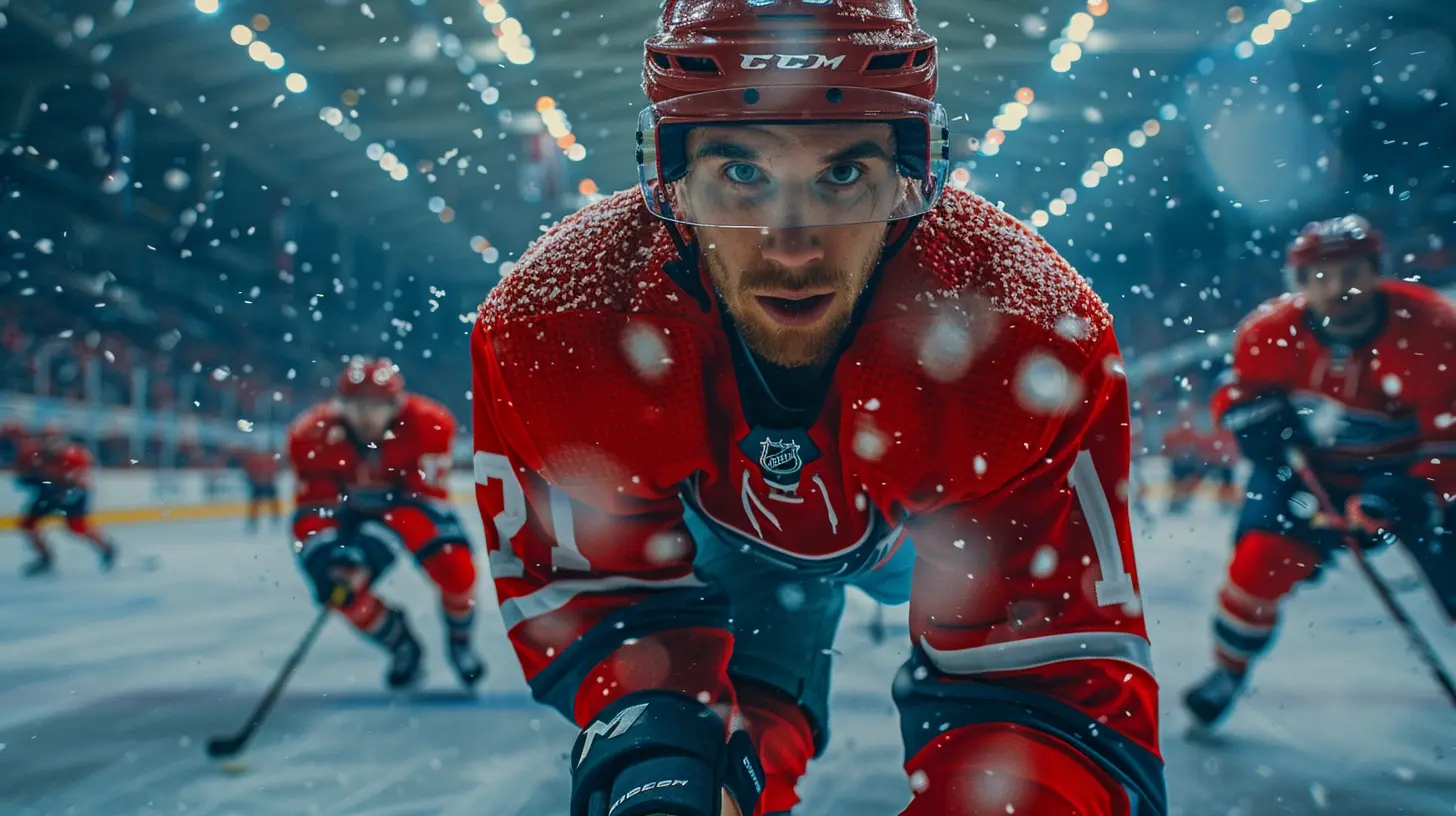
What is Team Chemistry?
Team chemistry is a fancy way of saying that players connect on a deeper level than just their positions or skill sets. It’s about how well players interact, both on and off the ice. Think of it as the glue that holds a team together. It’s not something you can quantify like goals or assists, but you can certainly feel it when it’s there (and when it’s missing).When players have strong chemistry, they anticipate each other’s movements, make seamless passes, and communicate effectively during high-pressure moments. It’s like they’re operating on the same wavelength, reading each other’s minds.
On the flip side, poor chemistry leads to miscommunication, missed opportunities, and frustration. It’s that intangible factor that can make or break a team.
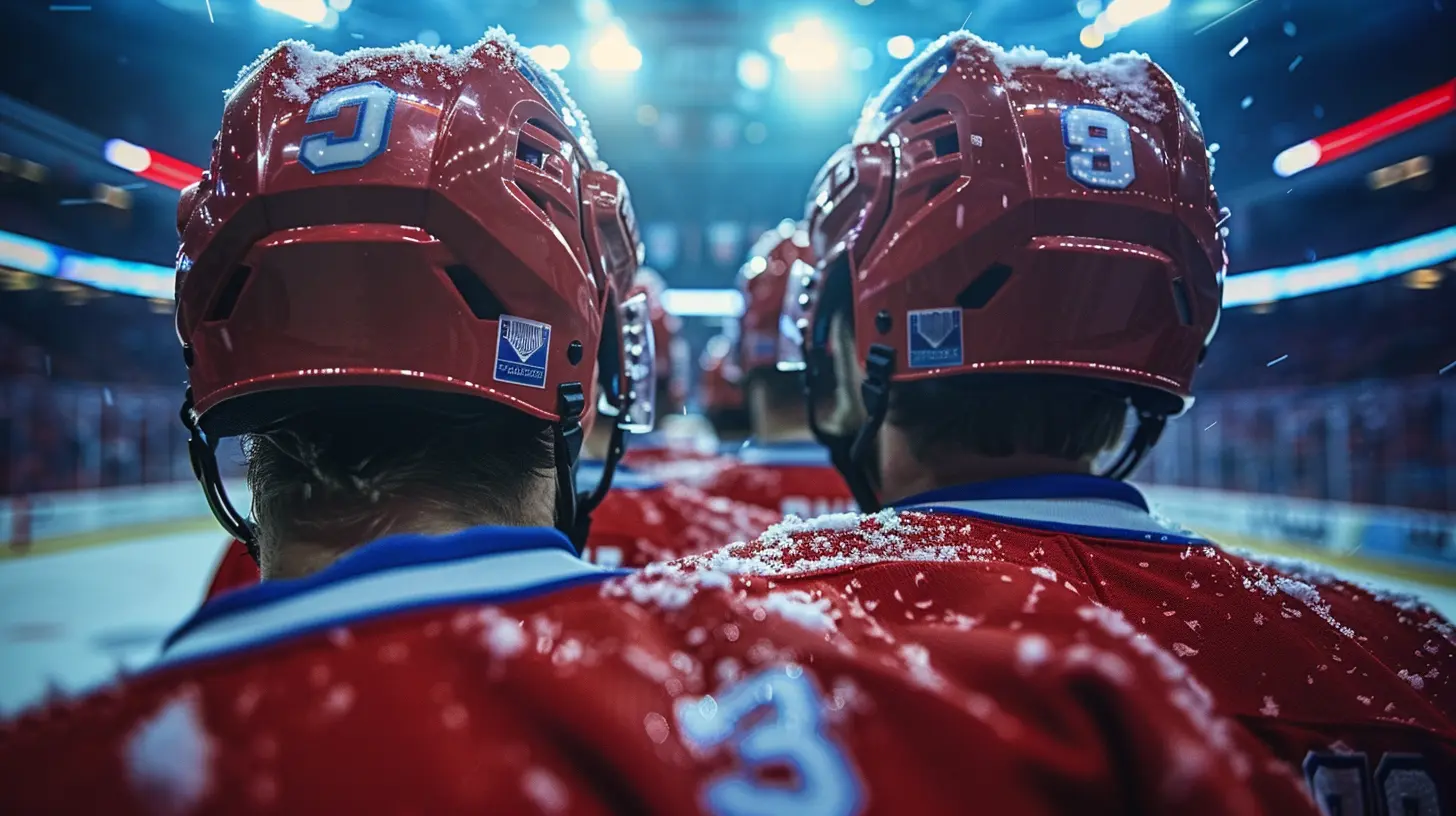
Why Team Chemistry is Crucial in Hockey
1. Fostering Trust on the Ice
At its core, team chemistry is about trust. In hockey, where the game moves at lightning speed, players don’t have the luxury of second-guessing their teammates. They need to trust that the person next to them will be in the right position, make the right play, or cover for them when they take a calculated risk.Imagine you’re a defenseman chasing the puck into your own zone. You need to trust that your partner will cover the front of the net while you retrieve the puck. Or, if you’re a forward on a breakaway, you need to believe that your linemate will read your play and be ready for a pass. Without that trust, plays break down, and mistakes happen.
In essence, trust is the foundation of team chemistry. When players trust each other, they can take more risks, push the pace, and play with confidence.
2. Enhancing Communication
If you’ve ever watched a hockey game, you’ve probably noticed that players are constantly talking on the ice. Whether it’s calling for the puck, warning about an incoming hit, or setting up a play, communication is crucial.However, effective communication doesn’t always come naturally. It’s something that develops over time as players get to know each other’s tendencies and styles. When team chemistry is strong, communication becomes more intuitive. Players start to anticipate each other’s needs without a word being spoken. They “speak the same language” on the ice, making split-second decisions that lead to big plays.
On the flip side, poor communication can lead to turnovers, missed assignments, and defensive breakdowns. A team with solid chemistry knows how to talk through challenges and fix issues before they become bigger problems.
3. Maximizing Player Roles
Not every player on a hockey team is going to be a star scorer or a flashy playmaker, and that’s okay. In fact, it’s necessary. Hockey teams are like puzzles — each player has a specific role, and when everyone plays their part, the team functions as a well-oiled machine.Team chemistry allows players to embrace their roles and understand how they fit into the bigger picture. A gritty fourth-liner can go out and throw big hits, knowing that his efforts will energize the bench. A stay-at-home defenseman can focus on shutting down the opposition, knowing that the forwards will take care of the offense.
When everyone buys into their roles and works together, the team becomes greater than the sum of its parts. This is where you start to see depth shine through — a team that can roll four lines and trust every player to contribute is a team that’s built for long-term success.
4. Building Resilience in Tough Times
No hockey season is without adversity. Whether it’s injuries, losing streaks, or tough playoff series, every team will face challenges along the way. This is where team chemistry can be a game-changer.Teams with strong chemistry are more resilient. They don’t point fingers when things go wrong. Instead, they rally together, support each other, and find ways to overcome obstacles. When players genuinely care about one another, they’re more likely to stick together during tough times.
Think about it: If you’ve ever been part of a group with poor chemistry, you know how quickly things can fall apart when the going gets tough. Players stop communicating, start blaming each other, and morale plummets. But when chemistry is strong, teams pull together and fight through adversity.
5. Creating a Positive Locker Room Culture
Hockey teams spend a lot of time together — in the locker room, on the bus, at team dinners, and during practices. The relationships built off the ice often translate to better performance on the ice. A team with strong chemistry typically has a positive and supportive locker room culture.When players genuinely enjoy being around each other, it shows in their play. They celebrate each other’s successes, pick each other up after mistakes, and push one another to be better. This positive culture fosters an environment where everyone feels valued, leading to improved performance and a stronger team dynamic.
On the other hand, a toxic locker room culture can quickly derail a season, no matter how talented the players are. Internal conflicts, cliques, and negativity can erode team chemistry and lead to poor results.

How Coaches Can Cultivate Team Chemistry
While some team chemistry develops naturally, coaches play a significant role in fostering a positive environment where chemistry can thrive. Here are a few ways coaches can help build team chemistry:1. Encourage Team Bonding
Off-ice activities can be just as important as on-ice practices when it comes to building team chemistry. Coaches can organize team-building exercises, dinners, or outings to help players get to know each other better. The more time players spend together off the ice, the more comfortable they’ll be with each other on the ice.2. Emphasize Communication
Coaches should stress the importance of communication from day one. Encouraging players to talk on the ice, ask questions, and provide feedback can help build trust and understanding. Coaches can also foster open communication within the locker room, creating a space where players feel comfortable discussing issues or concerns.3. Promote Accountability
Good chemistry isn’t just about being friends — it’s also about holding each other accountable. Coaches need to create a culture where players can give and receive constructive criticism without taking it personally. When players hold each other accountable, they push each other to be better, leading to improved performance.4. Balance Lines and Pairings
Finding the right line combinations and defensive pairings is crucial for building chemistry. Coaches should experiment with different combinations during practices and games to see which players mesh well together. It’s not always about putting the most talented players together — sometimes, the best chemistry comes from unexpected pairings.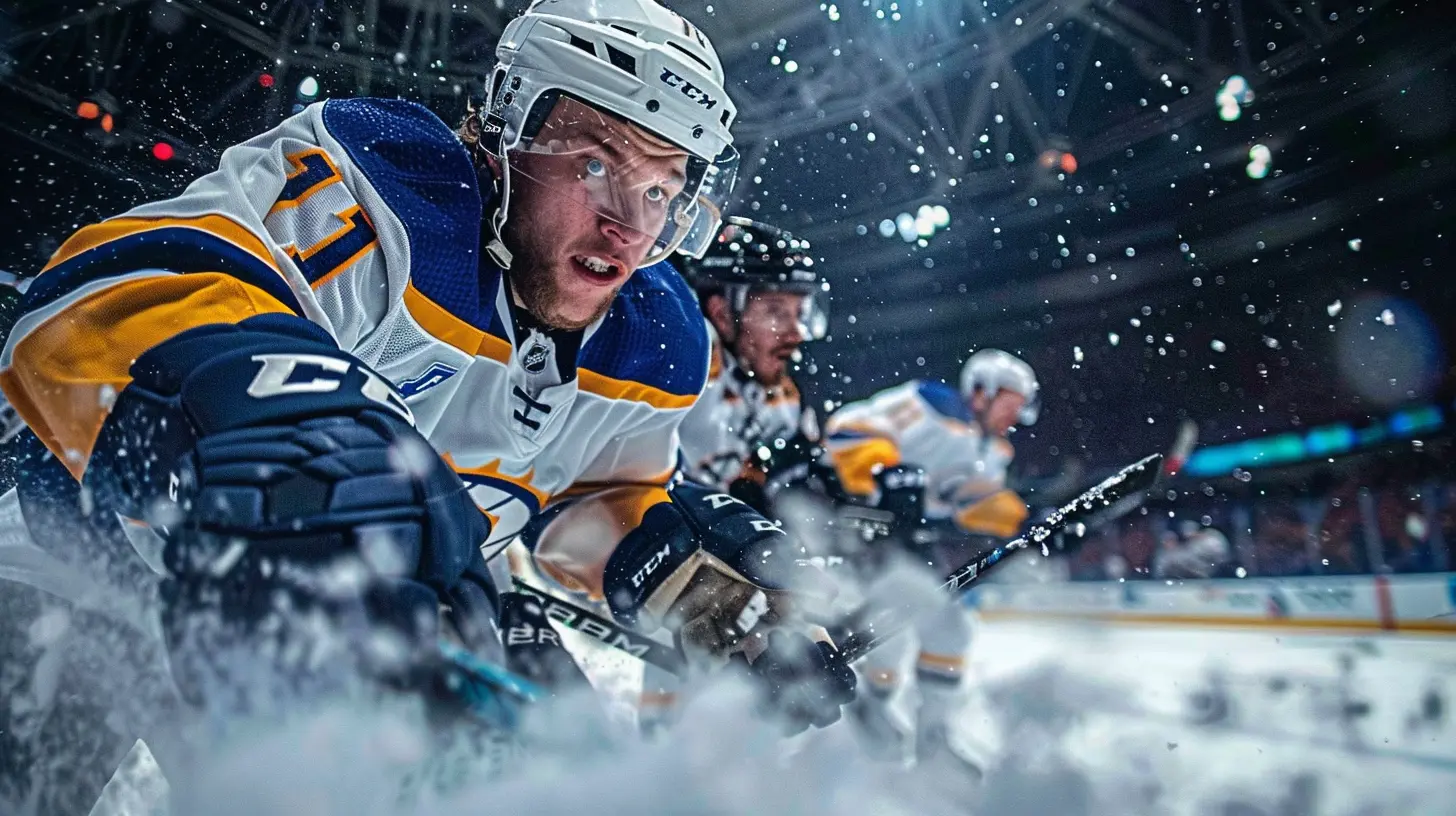
Examples of Team Chemistry in Action
Throughout hockey history, there have been numerous examples of teams that have thrived on strong chemistry. Let’s take a look at a couple of standout examples:1. The 1980 "Miracle on Ice" US Olympic Team
One of the most iconic examples of team chemistry in hockey history is the 1980 US Olympic team, which shocked the world by defeating the heavily favored Soviet Union in the “Miracle on Ice.” This team wasn’t made up of NHL superstars — it was a group of college players who came together with a common goal.Coach Herb Brooks emphasized team chemistry from the start, fostering a sense of unity and trust among his players. The result? A gold medal and one of the greatest upsets in sports history.
2. The Chicago Blackhawks Dynasty (2010-2015)
The Chicago Blackhawks won three Stanley Cups in six years, thanks in large part to their incredible team chemistry. While they had plenty of star power with players like Jonathan Toews, Patrick Kane, and Duncan Keith, it was their depth and ability to play as a cohesive unit that set them apart.The Blackhawks had a strong locker room culture, and players embraced their roles, whether it was scoring goals, blocking shots, or killing penalties. This chemistry was a key factor in their sustained success.
Conclusion: The Secret Sauce to Hockey Success
At the end of the day, hockey is a team sport. No matter how skilled individual players are, they need to work together as a cohesive unit to achieve success. Team chemistry is the secret sauce that brings everything together — it fosters trust, enhances communication, maximizes player roles, and builds resilience.Coaches, players, and teams that prioritize chemistry will find themselves more resilient, more cohesive, and ultimately more successful. Whether you’re playing pickup hockey at the local rink or chasing a Stanley Cup, never underestimate the importance of team chemistry.
all images in this post were generated using AI tools
Category:
HockeyAuthor:

Preston Wilkins
Discussion
rate this article
20 comments
Marlowe McKee
Great insights! Team chemistry truly elevates performance and fosters a winning spirit in hockey. Keep it up!
April 3, 2025 at 10:18 AM

Preston Wilkins
Thank you! I appreciate your support and agree that team chemistry is vital for success in hockey.
Zariah Moses
Team chemistry is essential in hockey; it fosters communication, trust, and ultimately enhances overall team performance.
March 22, 2025 at 3:44 AM

Preston Wilkins
Absolutely! Team chemistry is crucial as it builds strong communication and trust, leading to improved performance on the ice.
Luna McAnally
Great insights! Team chemistry truly enhances performance on the ice, fostering trust and communication among players.
February 8, 2025 at 3:50 AM

Preston Wilkins
Thank you! I completely agree—team chemistry is vital for fostering trust and enhancing overall performance on the ice.
Shannon Duke
Team chemistry is crucial in hockey; it fosters trust and collaboration, significantly impacting on-ice performance and overall success.
January 30, 2025 at 9:46 PM

Preston Wilkins
Absolutely! Team chemistry is essential; it enhances communication and synergy, leading to improved performance and greater success on the ice.
Tracie Conrad
Team chemistry transforms individual talent into championship-winning synergy.
January 27, 2025 at 3:27 AM

Preston Wilkins
Absolutely! Team chemistry is essential; it elevates individual skills, fostering collaboration and resilience that lead to championship success.
Jocelyn Potter
Team chemistry is crucial in hockey, as it fosters communication, trust, and collaboration among players. Successful teams demonstrate seamless on-ice synergy, enhancing performance and decision-making. Strong relationships off the ice also contribute to resilience during high-pressure situations, ultimately driving a team’s success throughout the season and in playoffs.
January 22, 2025 at 9:03 PM

Preston Wilkins
Absolutely! Team chemistry is essential; it enhances communication and trust, leading to improved performance and resilience during critical moments. Strong relationships on and off the ice are key to a team's success.
Scarlett Snyder
Team chemistry in hockey is crucial; it enhances communication, boosts morale, and fosters trust on the ice. Teams with strong chemistry can anticipate each other's moves, leading to better collaboration and ultimately greater success during games.
January 17, 2025 at 9:14 PM

Preston Wilkins
Absolutely! Team chemistry is vital in hockey, as it not only improves communication and trust but also enhances overall performance and success on the ice.
Zander Stewart
Team chemistry fuels on-ice success!
January 14, 2025 at 5:20 AM

Preston Wilkins
Absolutely! Team chemistry is key—it enhances communication, trust, and synergy, leading to better performance on the ice.
Joy Morgan
Intriguing! How does team chemistry specifically influence on-ice performance and overall success in hockey?
January 6, 2025 at 9:25 PM

Preston Wilkins
Team chemistry fosters communication, trust, and cohesion, which enhance on-ice decision-making and collaboration. This synergy leads to better positioning, quicker reactions, and ultimately, more victories.
Jacob Carey
Great insights! Team chemistry truly is the backbone of success in hockey. When players connect, magic happens on the ice!
December 30, 2024 at 1:07 PM

Preston Wilkins
Thank you! I completely agree—strong team chemistry can elevate performance and create unforgettable moments on the ice.
Phaedron Whitley
Team chemistry in hockey transcends individual skills; it fosters trust, communication, and synergy on the ice. When players understand each other’s tendencies and strengths, they elevate their game, transforming potential into performance and enhancing chances for success.
December 26, 2024 at 1:53 PM

Preston Wilkins
Absolutely! Team chemistry is crucial in hockey as it enables players to work cohesively, turning individual talents into collective success on the ice.
Arlo McClary
Team chemistry fosters on-ice communication and trust, essential for achieving consistent performance and success in hockey.
December 23, 2024 at 11:34 AM

Preston Wilkins
Absolutely! Team chemistry enhances communication and trust, which are vital for achieving consistent performance and success on the ice.
Payton Mendez
Team chemistry in hockey is like the secret sauce in a recipe—without it, the dish might be tasty, but it'll never win the Stanley Cup!" 🏒🥅
December 20, 2024 at 9:33 PM

Preston Wilkins
Absolutely! Team chemistry is crucial; it enhances communication and collaboration, leading to success on the ice. Like that secret sauce, it makes all the difference! 🏆
Kade Jackson
Team chemistry in hockey is like that secret sauce on a pizza—without it, everything feels a bit bland! When players vibe together, magic happens on the ice. So, let’s raise a stick to camaraderie, shared laughs, and those epic “did you see that?!” moments that make the game unforgettable! 🏒✨
November 22, 2024 at 8:28 PM

Preston Wilkins
Absolutely! Team chemistry truly elevates the game, transforming individual talent into collective success and unforgettable moments on the ice. Cheers to that! 🏒✨
Murphy McMichael
In hockey's dance, where hearts align, Team chemistry ignites the spark, Victory's sweet embrace, divine.
November 22, 2024 at 11:34 AM

Preston Wilkins
Thank you for capturing the essence of team chemistry in hockey so beautifully! It truly is the heart of success on the ice.
Zanthe Whitaker
Team chemistry in hockey transcends individual talent; it fosters communication, trust, and shared goals. When players connect beyond the rink, they create a unified force that elevates performance and drives success. It’s all about synergy.
November 22, 2024 at 4:31 AM

Preston Wilkins
Absolutely! Team chemistry is essential in hockey, as it enhances communication and trust, leading to greater synergy and overall success on the ice.
Betsy McElroy
Team chemistry is vital in hockey; it enhances communication, trust, and cohesion on the ice. Players who understand each other's strengths can execute strategies more effectively, leading to improved performance and overall success.
November 21, 2024 at 8:39 PM

Preston Wilkins
Absolutely! Team chemistry is crucial for maximizing player potential and achieving success on the ice.
Cara McGhee
Team chemistry is often the unsung hero in hockey success. While skill and strategy are essential, the bond between players fosters trust and communication on the ice. It's intriguing how teams with strong connections often outperform those with individual talent alone, highlighting that collaboration can truly elevate the game.
November 21, 2024 at 4:09 AM

Preston Wilkins
Absolutely! Team chemistry is crucial; it enhances communication and trust, allowing players to work seamlessly together. Strong connections often lead to greater success than individual talent alone.
Zella Sheppard
Team chemistry in hockey: because without it, passing the puck is like trying to text your crush without autocorrect! 🏒❤️
November 20, 2024 at 7:45 PM

Preston Wilkins
Great analogy! Team chemistry truly makes all the difference in seamless play and effective communication on the ice. 🏒💪
Tempest Reese
Team chemistry is like the secret sauce in hockey; when everyone clicks, magic happens on the ice. Go team!
November 20, 2024 at 6:32 PM

Preston Wilkins
Absolutely! Team chemistry truly elevates performance and creates unforgettable moments on the ice. Go team!
MORE POSTS
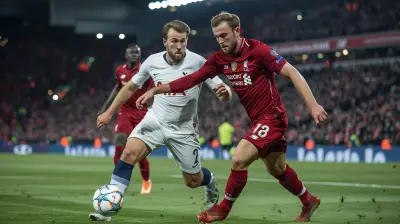
How Tactical Flexibility Helped One Team Dominate the Opposition

The Importance of Mental Toughness in High-Stakes Games
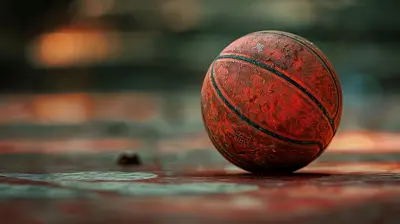
Preventing Lower Extremity Injuries in Basketball Players

Selecting the Best Basketball Hoop for Your Backyard

From Mountains to Oceans: Adventure Sports Destinations to Explore

From Set Pieces to Open Play: A Complete Breakdown of the Big Game

Southpaw vs Orthodox: Which Stance Reigns Supreme?

How Injury Reports Affect a Teams Championship Chances

A Deep Dive into ACL Injuries and Recovery Timelines

The Importance of Footwork in MMA: Learning From the Best

How to Turn Missed Shots into Scoring Opportunities

The Unwritten Rules: Acts of Sportsmanship That Transcend the Game